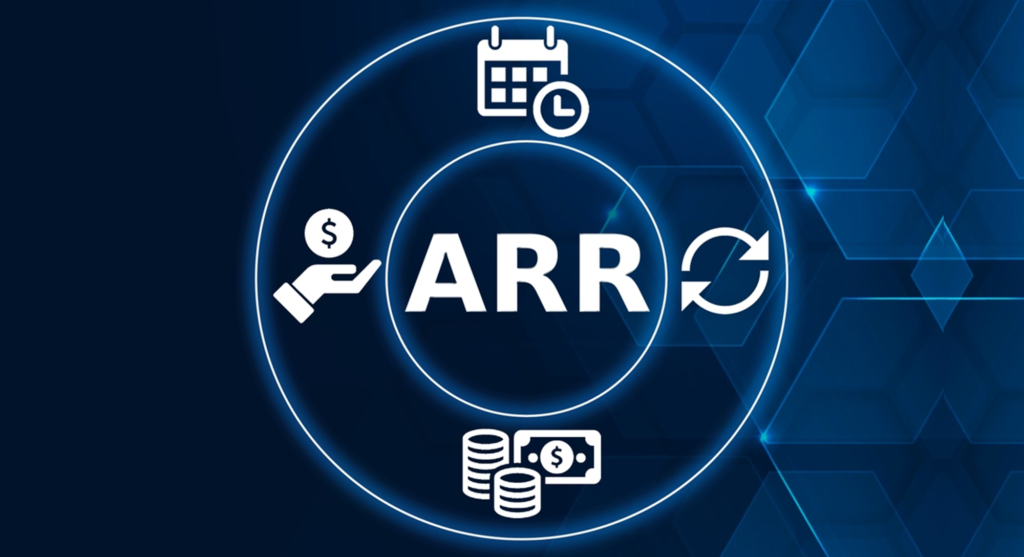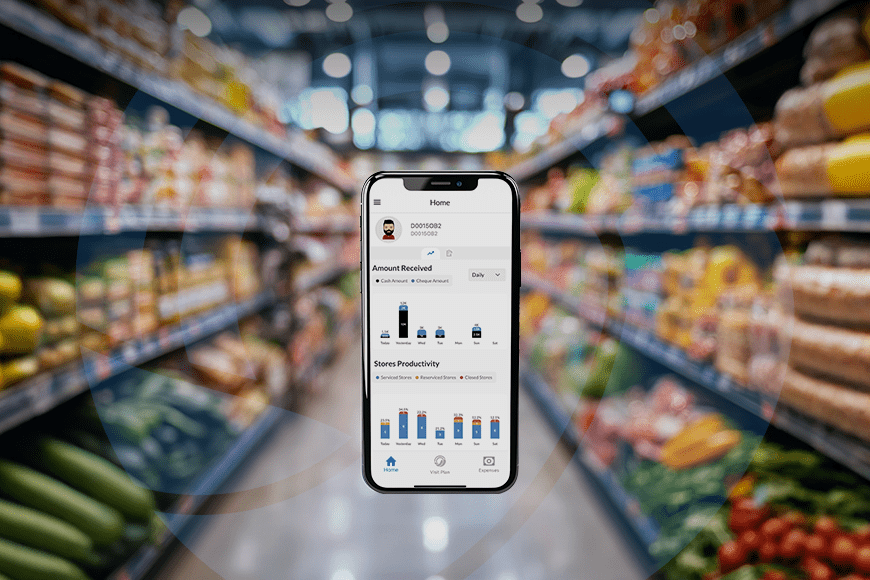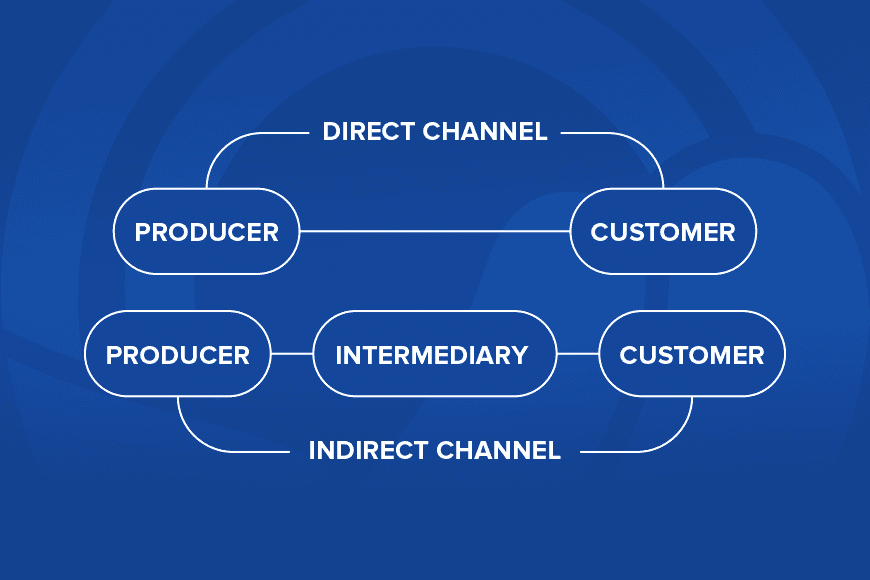This blog drills down the key SaaS metrics to help drive organizational success. With this, management may focus on each metric whilst also considering what is actionable. Some of the below-mentioned metrics are very critical in developing businesses. While many startups focus on important vanity metrics, they don’t always translate to actual organizational performance and business results. This article explores multiple SaaS metrics to measure and track business growth.
Are You Aligned to Achieve?
Identifying the right SaaS metrics helps startups determine how they are performing against industry standards, which in turn helps them grow steadily. These help businesses stay afloat and thrive in the booming industry.
SaaS Metrics Every Company Must Undertake
- Churn Rate
- Customer Acquisition Cost (CAC)
- Annual Contract Value (ACV)
- Customer Lifetime Value (CLV)
- Annual Recurring Revenue (ARR)
- Monthly Recurring Revenue (MRR)
- Average Revenue Per Account (ARPA)
Churn Rate
The churn rate is the percentage of customers left from the total number of customers at a specific time. It’s an essential tool for SaaS companies and investors. Because it gives insight into whether the company is growing or shrinking over time. If your churn rate is increasing, you need to take action fast. Such as lowering prices or offering more value to return your lost customers. On the flip side, if your churn rate decreases, you’re getting positive word-of-mouth, and your product/service is improving. While Churn rates vary across businesses, to streamline SaaS growth, businesses are recommended to maintain an average churn rate between 3% and 8%, considering their industry benchmark.
Customer Acquisition Cost (CAC)
The Customer Acquisition Cost (CAC) is one of the most critical SaaS metrics mainly because the entire business model revolves around the lifetime value of the customers. The CAC helps an organization examine the amount spent on acquiring an ideal customer during customer development. This KPI helps determine the effort an organization needs to put in to get new clients. If an organization’s CAC is high, it will have significant expenses in the beginning. If, however, it is low, the business will likely become profitable relatively soon.
Annual Contract Value (ACV)
The total revenue is generated by a customer in a given year, regardless of the renewal date. Although ACV is not always the sole contributor to revenue, it is an important metric that determines an annualized revenue measurement, which means it is the sum of all monthly recurring revenue that the company has earned over the contract term (up to 24 months). There are several ways to calculate ACV, but they all involve dividing annual sales by the contract term or some multiple of it. In other words, ACV = Annual Sales / Months in Term.
Customer Lifetime Value (CLV)
Customer Lifetime Value (CLV) is the average net profit per user over the length of their relationship with any business. The CLV metric is often used to determine how much revenue a customer will bring in during their tenure. Therefore, organizations must consider this an integral factor since SaaS businesses have a single source of revenue regarding their sales, marketing, and product management processes. The longer a customer stays around, the more revenue they will likely generate for the company. Fortunately, an organization can measure CLV in multiple ways, depending on what works best for the company.
Annual Recurring Revenue (ARR)
The most critical metrics of a SaaS company are those which indicate the business’s health. It is typically the most sought-after metric adopted by subscription-based organizations to measure growth. ARR is one of the most desirable ways to measure growth in a SaaS company because it considers both; new sales and the renewal of existing customers. With this, it is more indicative of the amount of money an organization makes than MRR (Monthly Recurring Revenue) or the LTV (Customer Lifetime Value). If ARR showcases steady growth over time, significantly if it is growing faster than the customer acquisition costs, then this indicates that the business is performing reasonably well.

Monthly Recurring Revenue (MRR)
Monthly Recurring Revenue (MRR) is among the most important metrics a SaaS company should track. It represents the revenue earned from customers on an ongoing basis, as opposed to a one-time transaction. Moreover, it can be expressed in terms of the monthly contract value, annual contract value, or total revenue. Apparently, it is easy for an organization to predict its future cash flow considering the percentage of recurring or long-term clients. Furthermore, it also leverages growth. If, for instance, the MRR of an organization is $15,000 per month and they aim at growing it by 20% the following year. For this, the organization would need their MRR to increase by $3,000 per month over the next 12 months as per calculation: ($30k/12 = $2,500/month).
Average Revenue per Account (ARPA)
The average revenue per account (ARPA) is another valuable metric when tracking a SaaS-based company’s growth. Specifically, this metric is used in SaaS to measure the size of a customer’s typical monthly revenue. ARPA measures the gross revenue from cumulative customers rather than per customer. So, the metric is calculated by adding all of the (MRR) across all accounts and dividing them by the total number of accounts. Using this, SaaS companies can better assess the amount of money they make from their average customer. Additionally, it can be used to compare revenues earned through different products or segments within the same company.
Building the Future for B2B SaaS Companies
B2B SaaS companies are responsible for defining and analyzing multiple metrics that any company can assess for growth and sustainability in this competitive niche. Following that, understanding, assessing, and improving the metrics mentioned above will only promise organizational growth to keep businesses growing, even if it is not drastic; minor improvements are likely to contribute to organizational health and overall progress.










